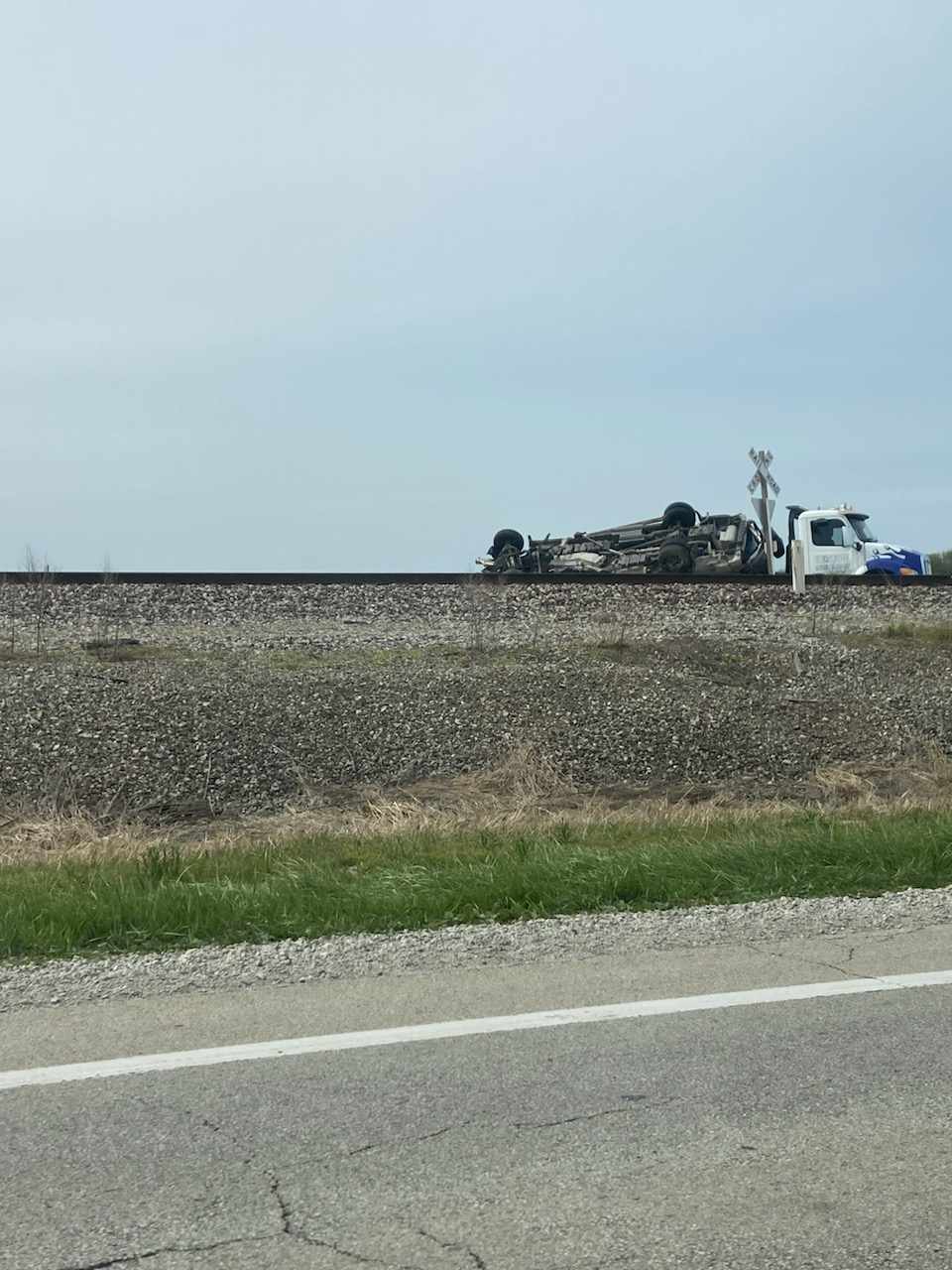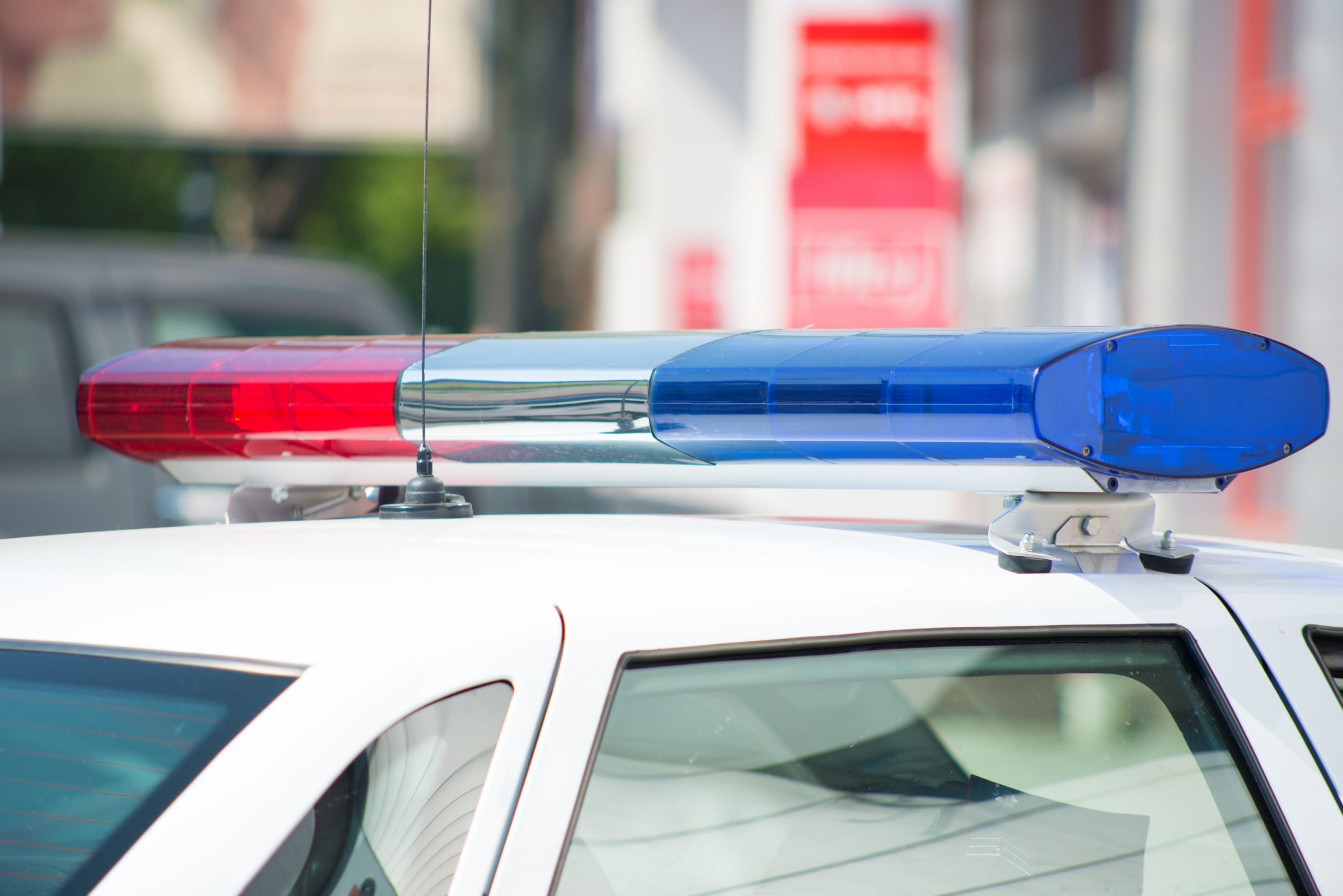NEW YORK (AP) — Even by Donald Trump’s standards, this was a dizzying week.
The first criminal prosecution of a former president began in earnest with opening statements and testimony in a lower Manhattan courtroom. But the action quickly spread to involve more than half a dozen cases in four states and the nation’s capital. Twice during the week, lawyers for Trump were simultaneously appearing in different courtrooms.
The collision of so many cases within a five-day span underscores the challenges Trump will face as he campaigns again for the White House while his legal matters intensify. While the presumptive Republican nominee sought to talk about the economy and other issues, his intended message was repeatedly overshadowed by the latest developments popping up across the country.
Here’s how the week broke down and what’s ahead:
The week began with a moment for the history books, with prosecutors for the first time presenting a jury with a criminal case against a former American president. In opening statements, prosecutors told jurors that hush money payments made to an adult film actor were “a criminal scheme to corrupt the 2016 presidential election” while Trump’s lawyers argued the case is baseless. Testimony then began with former National Enquirer publisher David Pecker giving the public the most tangible look yet at the allegations.
It also gave the clearest picture yet of Trump’s defense and how he is blending his roles as candidate and criminal defendant. Trump is starting and ending the day appearing before waiting reporters at the courthouse, offering complaints that he is required to be there and commentary on how cold it is in the courtroom or remarks on unrelated national news.
In a separate but nearby courthouse, one of Trump’s lawyers struck a deal with New York state lawyers over a $175 million bond that Trump posted to pause a large civil fraud judgment he’s appealing in a separate case.
Trump returned to court where prosecutors began by urging the judge to hold Trump in contempt for social media posts that they said violated a gag order that bars him from attacking witnesses, jurors and others involved. The judge did not immediately rule on the request but seemed skeptical of defense arguments that Trump was just responding to others’ attacks.
Pecker, a longtime Trump friend, testified the rest of the day and said he pledged to help suppress harmful stories about Trump during the 2016 election.
Trial proceedings were not scheduled for Wednesday so Trump didn’t trek to the Manhattan courthouse from his namesake penthouse tower. But he did fire off a post at 2 a.m. on Truth Social, his social media platform, criticizing the judge and did it again later in the day in an interview with Fox News Digital.
Meanwhile, more court documents were unsealed in Florida in another criminal case in which federal prosecutors have charged Trump and two of his employees with mishandling classified documents after he left the White House. Though the case has proceeded at a plodding pace in recent months and seems unlikely to reach trial this year, the documents show, among other things, the warnings that Trump received from associates to return the sensitive files he was later charged with possessing.
Beyond cases in which Trump is charged as a defendant, Arizona’s attorney general on Wednesday indicted 18 of his associates for their roles in an effort to overturn Trump’s loss in that state to Democrat Joe Biden in the 2020 election. Trump was referred to in the Arizona case as an unindicted co-conspirator.
In a similar case in Michigan, a state investigator testified that he considers Trump to be an uncharged co-conspirator in that state’s case against fake electors.
Trump’s hush money case in New York state court resumed Thursday. But prosecutors began the day by arguing before the judge that Trump had again violated the gag order with social media posts and comments he made early that morning at a dawn campaign stop in the city.
New York state Supreme Court Judge Juan Merchan has not yet ruled on whether to hold Trump in contempt. Pecker later resumed testimony. Boris Epshteyn, a longtime Trump aide who was among the 18 charged in Arizona a day earlier, was listening in the courtroom.
At the same time in Washington, the U.S. Supreme Court weighed whether Trump can be prosecuted over his efforts to undo his loss to Biden. The justices in their questions seemed skeptical of Trump’s claims of absolute immunity from prosecution, but a few seemed to signal they had reservations about the charges, and that could result in a delay in that trial beyond November’s election.
In New York federal court on Thursday, a judge rejected Trump’s request for a new trial in a defamation case in which he was ordered to pay $83.3 million to an advice columnist for his social media attacks over her claims that he sexually assaulted her.
The hush money trial continued in New York on Friday, with Pecker wrapping up testimony and Trump’s lawyers seeking to discredit him. Two other witnesses, Trump’s longtime executive assistant Rhona Graff and Gary Farro, a banker for former Trump attorney Michael Cohen. Epshteyn again was seated in the courtroom.
The New York hush money case is not expected to resume until Tuesday because of a long-scheduled day off Monday. Testimony is expected to continue Thursday and Friday, giving Trump a chance to make campaign stops in Michigan and Wisconsin on Wednesday.
On Thursday, the judge has scheduled a morning hearing on prosecutors’ most recent push to punish Trump over the gag order.
And in the Arizona case, details could emerge about the charges against Trump’s chief of staff Mark Meadows and former lawyer Rudy Giuliani.
Sixteen of the 18 people indicted by a grand jury have been charged with conspiracy, fraud and forgery for their role in submitting a false slate of electors to Congress; the state attorney general has yet to confirm charges against the two remaining defendants. The indictment makes clear, based on their statements and positions, that they are Giuliani and Meadows, but the charges against them are still redacted.
___
Associated Press writers Eric Tucker in Washington and Jonathan J. Cooper in Phoenix contributed to this report.
Brought to you by www.srnnews.com




















